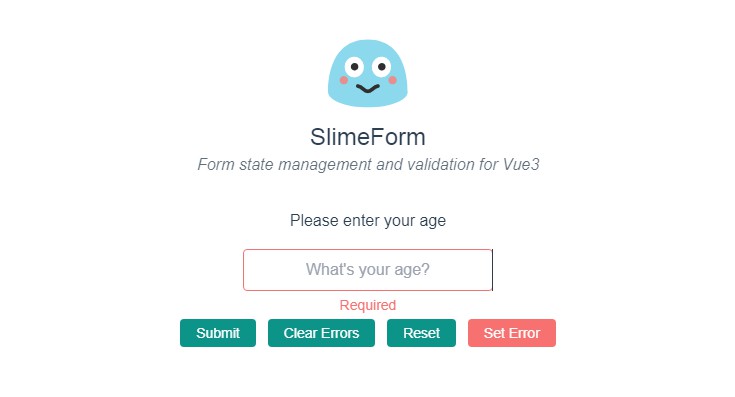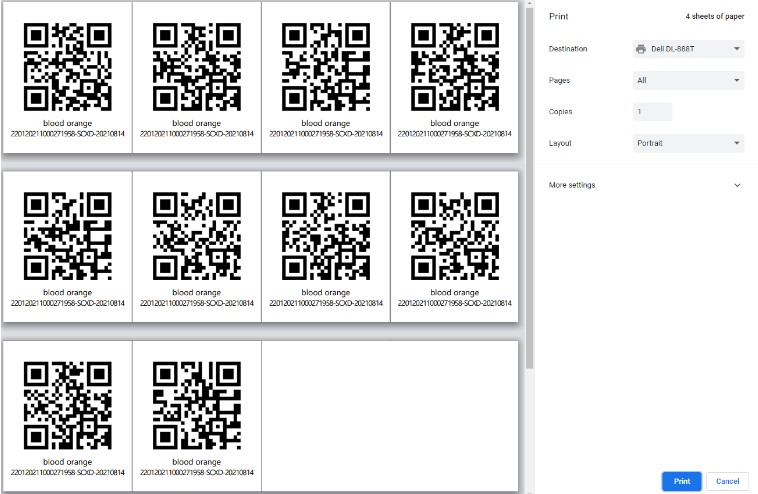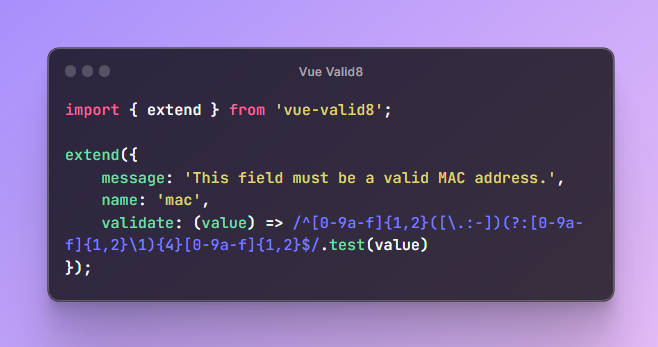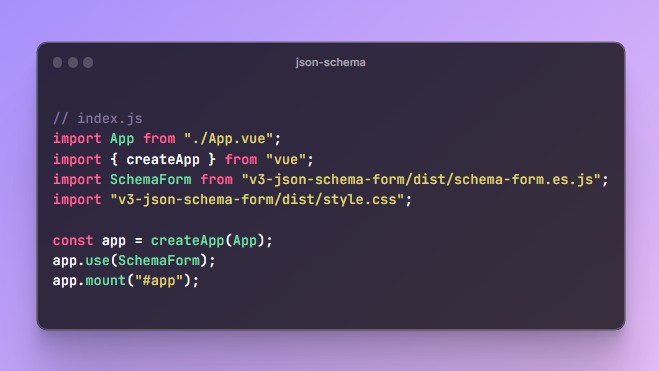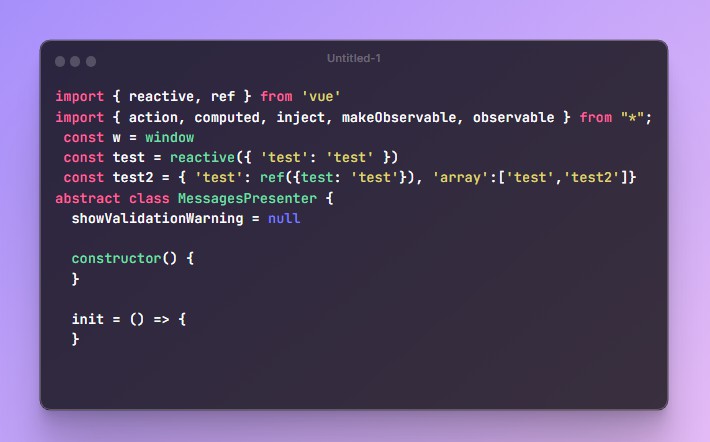SlimeForm
English | 简体中文
Form state management and validation
Why?
We usually use all sorts of different pre-made form components in vue projects which may be written by ourselves, or come from other third-party UI libraries. As for those third-party UI libraries, they might shipped their own form validators with libraries, however we still will need to build our form validators for those components written by us. In most of the time, those form validators were not ‘unified’ or we say compatible to the others, especially when you mixed your own components with third-party components together in one project where thing might become tricky.
Base on modern CSS utilities class and component-based design, it has now become way more easier to write your own <input> component in specific style and assemble them as a form, however, when you need to integrate form state management and rule validation with all the related input fields, the problem will be more complex.
So I started to experiment a solution to achieve this kind of functionalities, and naming it with SlimeForm, which means this utilities would try it best to fit in the forms just like the slime does ?.
SlimeForm is a form state management and validator which is dependency free, no internal validation rules shipped and required. By binding all native or custom components through v-model, SlimeForm is able to manage and validate values reactively.
TODO
- Improve the functionalities
- Use reactive type to return the form
- For a single rule, the array can be omitted
- Mark whether the value of the form has been modified
- Documentations
- Better type definitions for Typescript
- Unit tests
- Add support to fields with
objecttype - Add support to async rule validation
- Support filter, such as filter out the unmodified fields, left only modified fields for form submission
- Support for third-party rules, such as yup
- ? More ideas…
Contributions are welcomed
Try it online
Install
⚗️ Experimental
npm i slimeform
SlimeForm only works with Vue 3
Usage
Form state management
Use v-model to bind form[key] on to the <input> element or other components.
status value will be changed corresponded when the form values have been modified. Use the reset function to reset the form values back to its initial states.
<script setup>
import { useForm } from 'slimeform'
const { form, status, reset } = useForm({
// Initial form value
form: () => ({
username: '',
password: '',
}),
})
</script>
<template>
<form @submit.prevent="mySubmit">
<label>
<!-- here -->
<input v-model="form.username" type="text">
<input v-model="form.password" type="text">
</label>
<button type="submit">Submit</button>
</form>
</template>
State management
const { form, status, reset } = useForm(/* ... */)
// whether the username has been modified
status.username.isDirty
// whether the password has been modified
status.password.isDirty
// Reset form, restore form values to default
reset()
Mutable initial value of form
The initial states of useForm could be any other variables or pinia states. The changes made to the initial values will be synced into the form object when the form has been resetted.
const userStore = useUserStore()
const { form, reset } = useForm({
form: () => ({
username: userStore.username,
intro: userStore.intro,
}),
})
// update the value of username and intro properties
userStore.setInfo(/* ... */)
// changes made to the `userStore` will be synced into the `form` object,
// when reset is being called
reset()
// these properties will be the values of `userStore` where `setInfo` has been called previously
form.username
form.intro
Validating rules for form
Use rule to define the validation rules for form fields. The verification process will be take placed automatically when values of fields have been changed, the validation result will be stored and provided in status[key].isError and status[key].message properties. If one fields requires more then one rule, it can be declared by using function arrays.
You can also maintain your rule collections on your own, and import them where they are needed.
function isRequired(value) {
if (value && value.trim()) {
return true
}
return t('required') // i18n support
}
const { form, status, onSubmit, clearErrors } = useForm({
// Initial form value
form: () => ({
name: '',
age: '',
}),
// Verification rules
rule: () => ({
name: isRequired,
// If one fields requires more then one rule, it can be declared by using function arrays.
age: [
isRequired,
// is number
val => !Number.isNaN(val) || 'Expected number',
// max length
val => val.length < 3 || 'Length needs to be less than 3',
],
}),
})
function mySubmit() {
alert(`Age: ${form.age} \n Name: ${form.name}`)
}
In addition, you can use any reactive values in the validation error message, such as the t('required') function call from vue-i18n as the examples shown above.
Manually trigger the validation
// validate the form
verify()
// validate individual fields
status.username.verify()
Manually specify error message
status.username.setError('username has been registered')
Maunally clear the errors
// clear the error for individual field
status.username.clearError()
// clear all the errors
clearErrors()
// reset will also clear the errors
reset()
Suggestions
Some suggestions:
- Use
@submit.preventinstead of@submit, this can prevent the submitting action take place by form’s default - Use
isErrorto determine whether to add a red border around the form dynamically - Use
to avoid height collapse of<p>when there is no messages
<template>
<h3>Please enter your age</h3>
<form @submit.prevent="onSubmit(mySubmit)">
<label>
<input
v-model="form.age"
type="text"
:class="status.age.isError && '!border-red'"
/>
<p>{{ error.age || ' ' }}</p>
</label>
<button type="submit">Submit</button>
</form>
</template>
